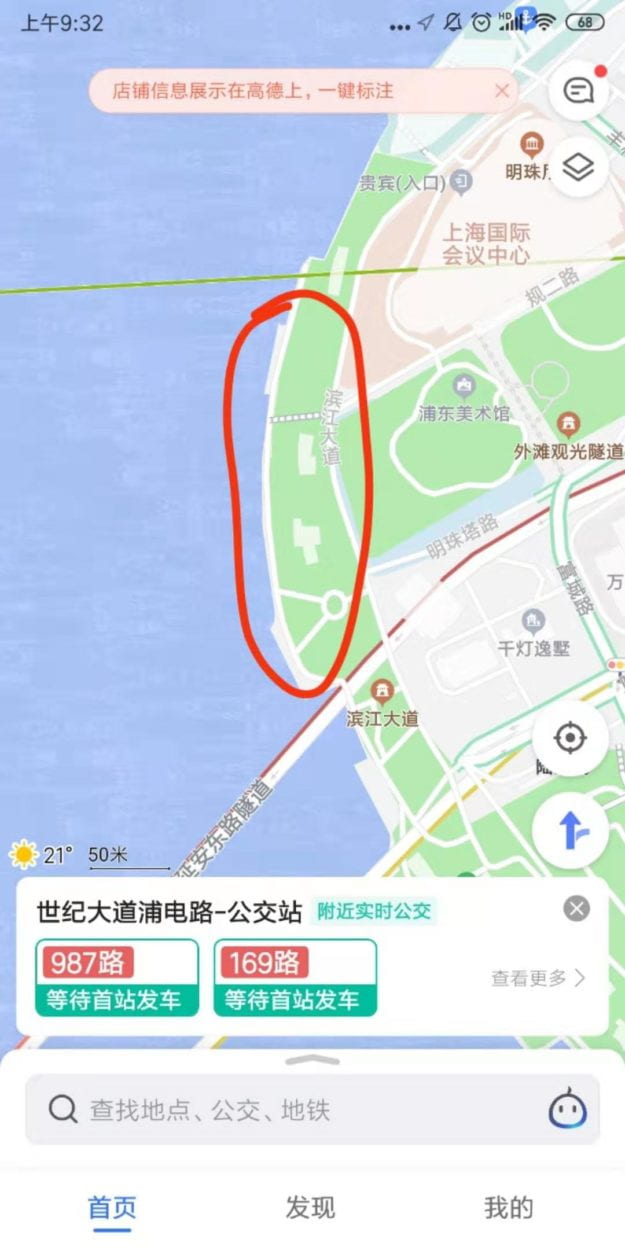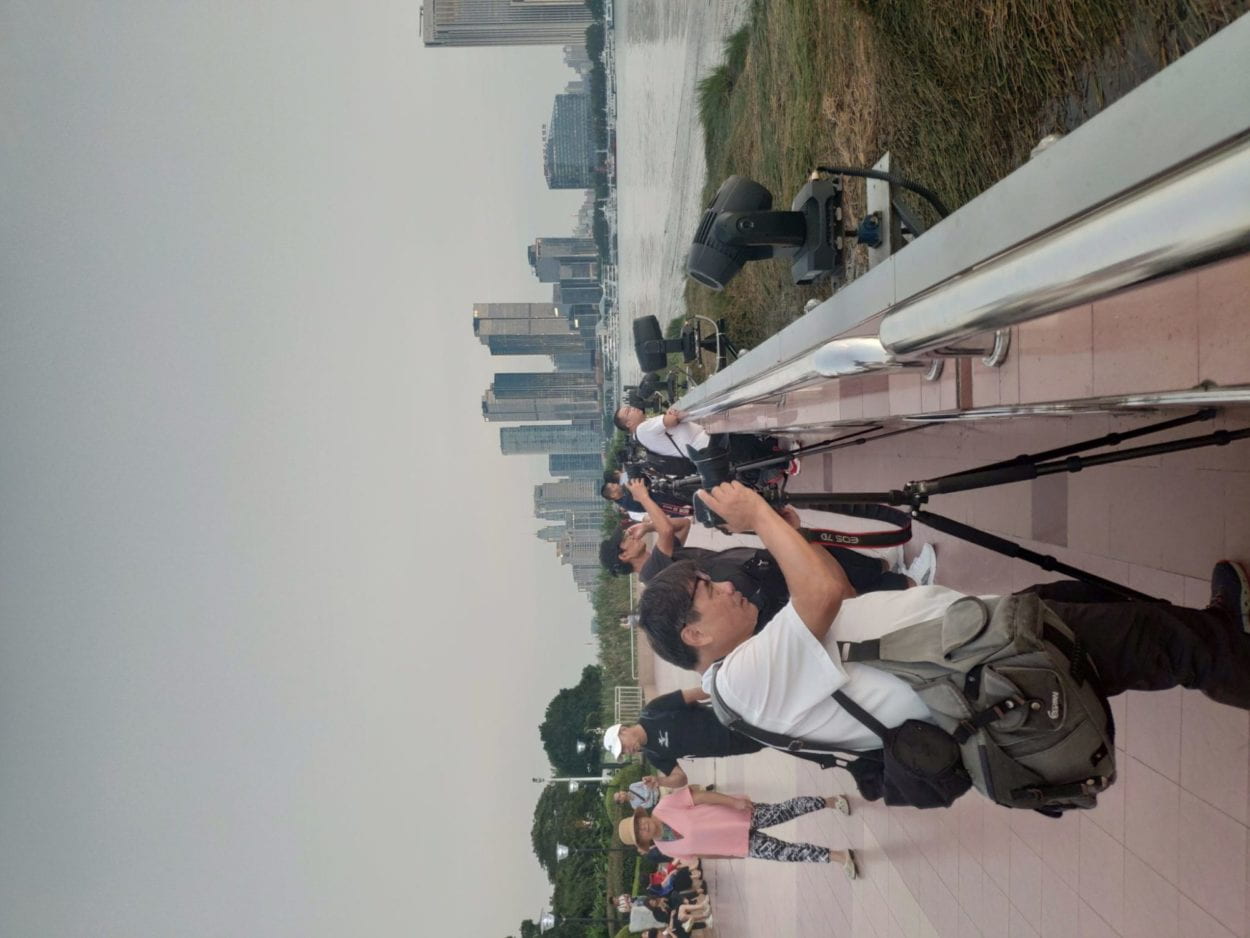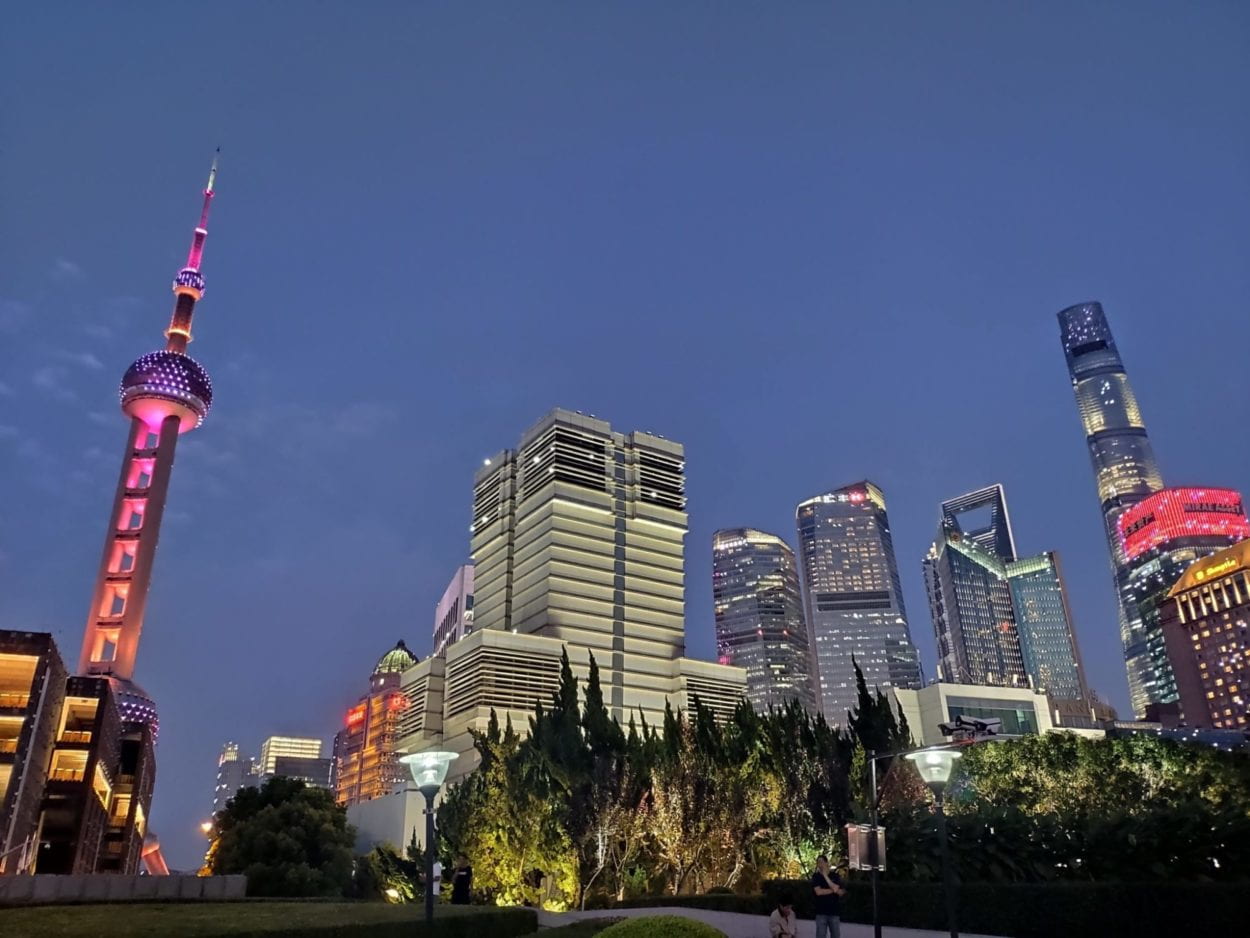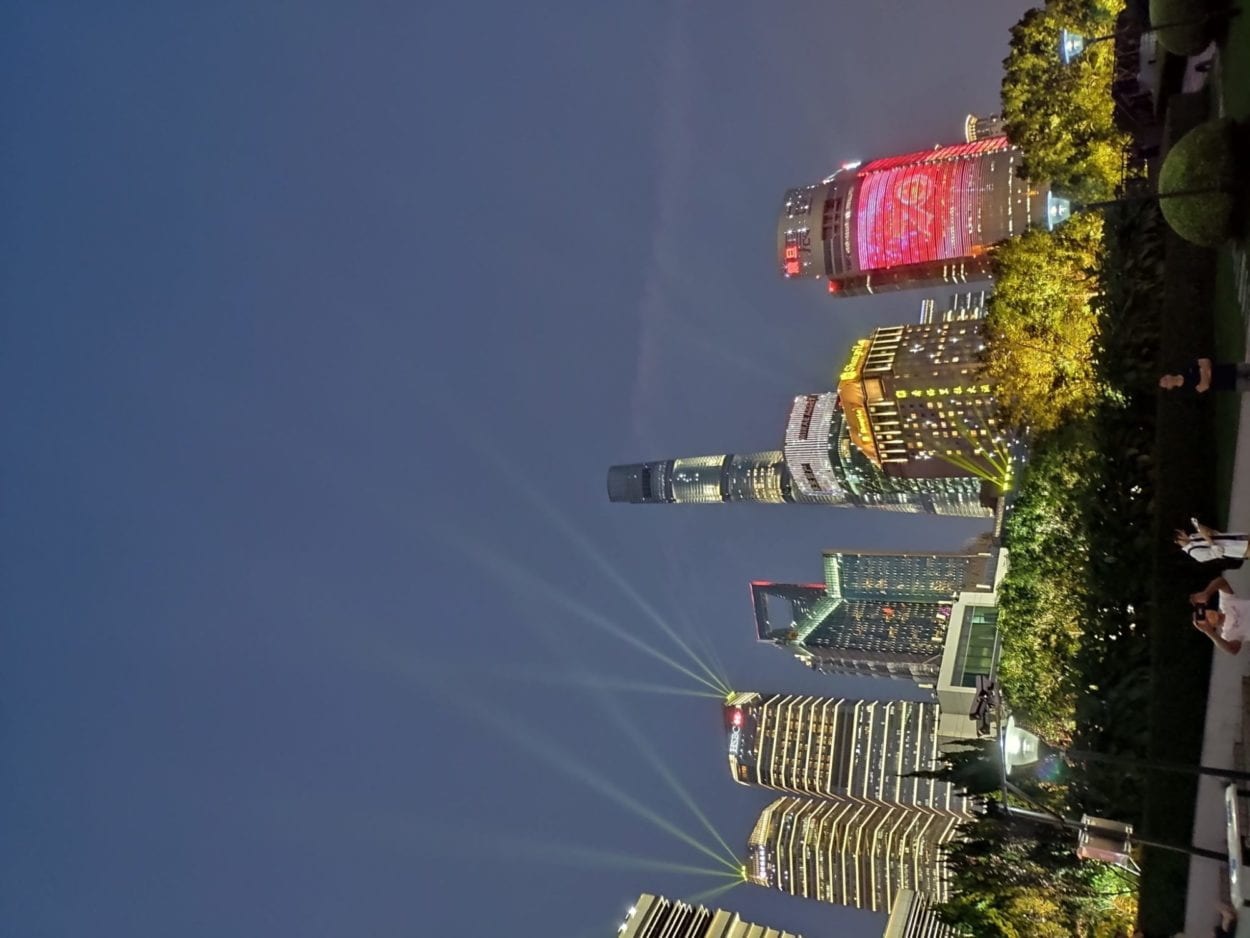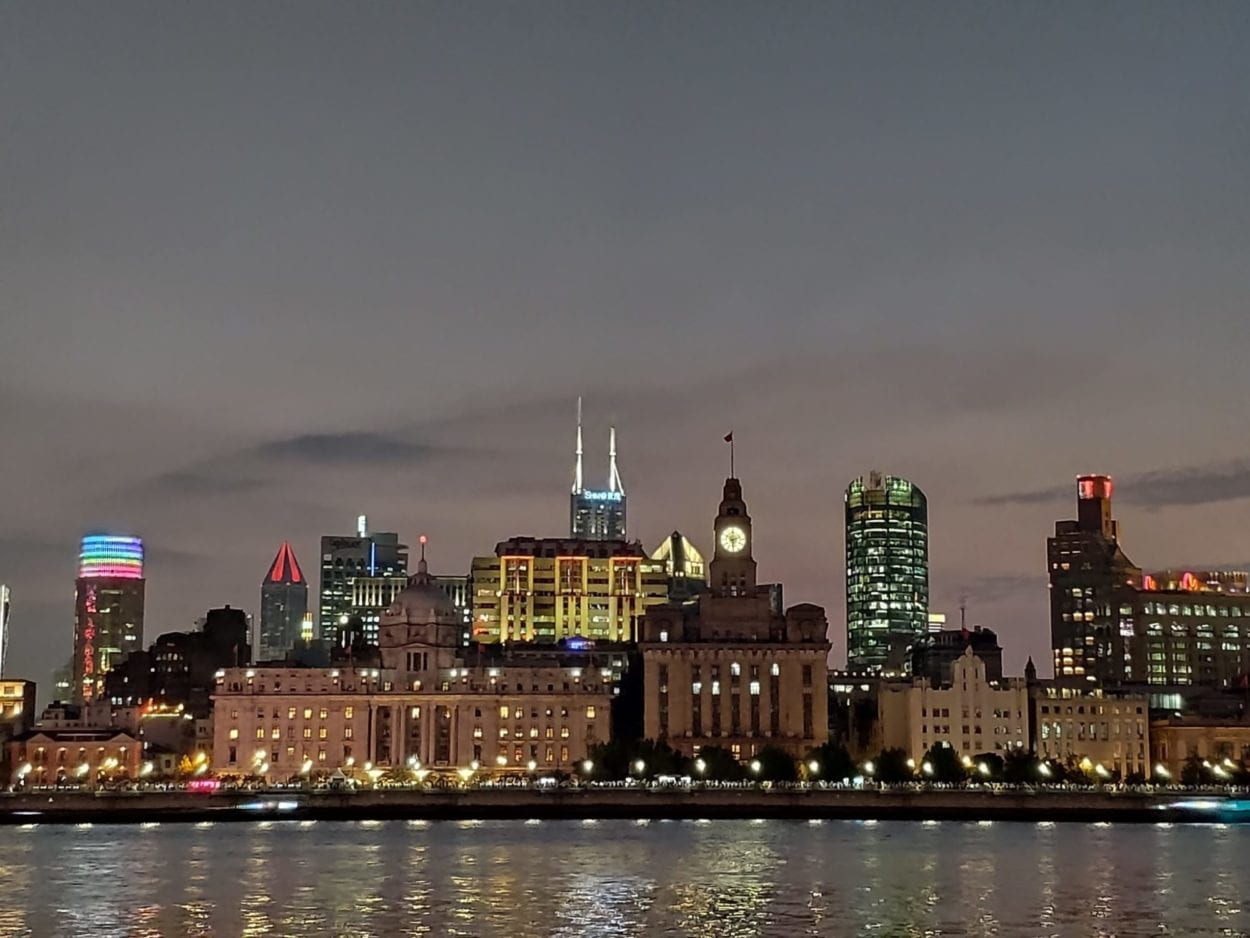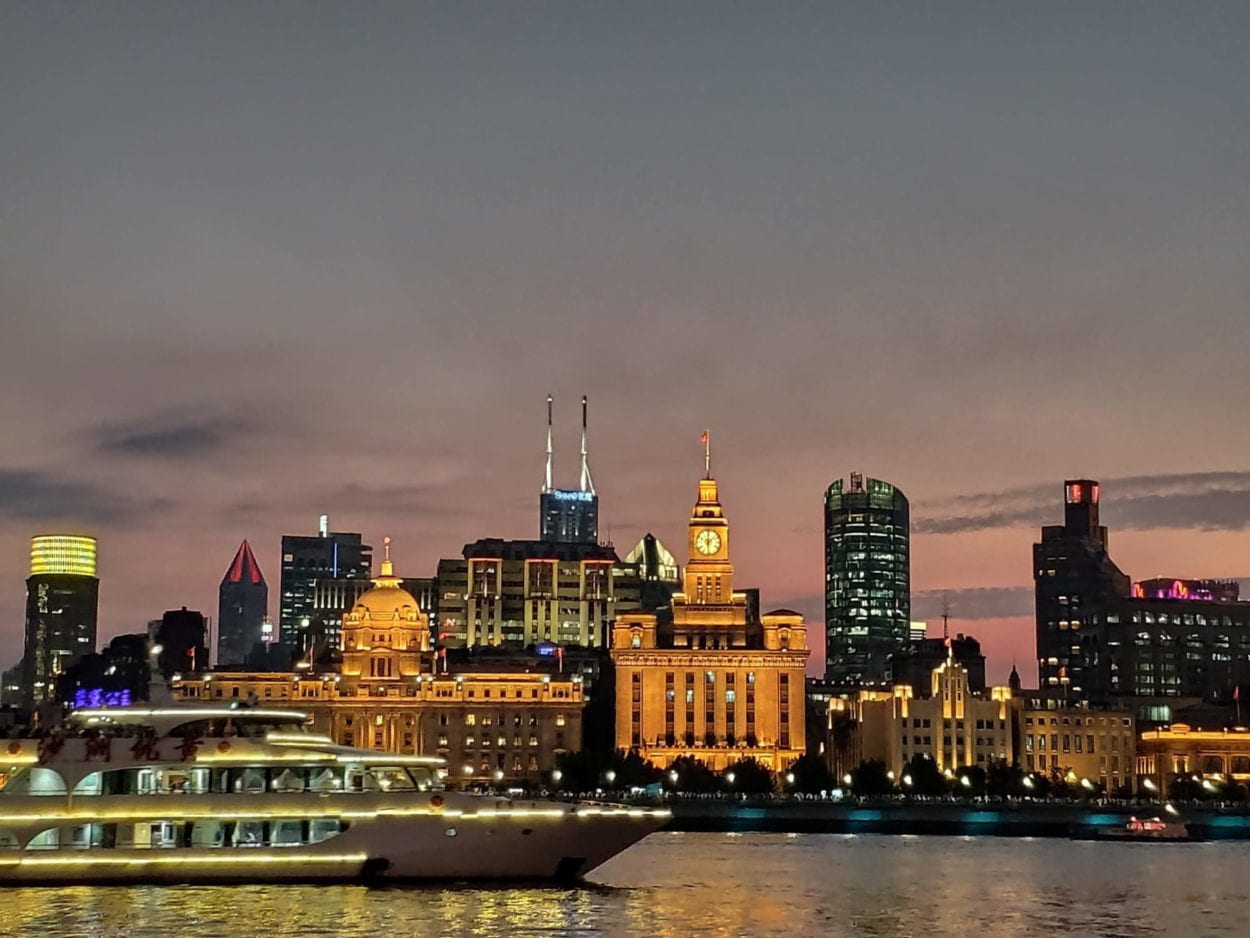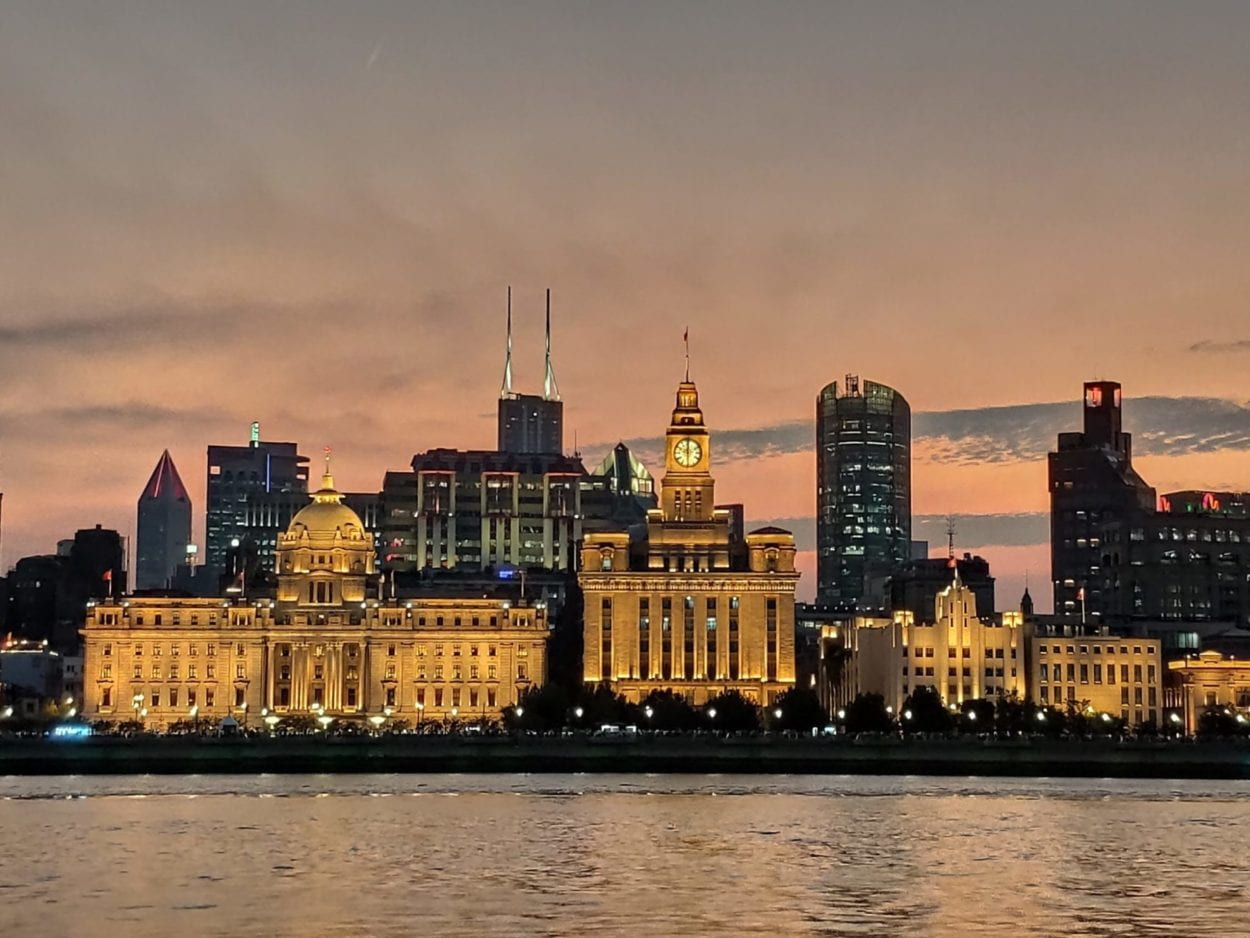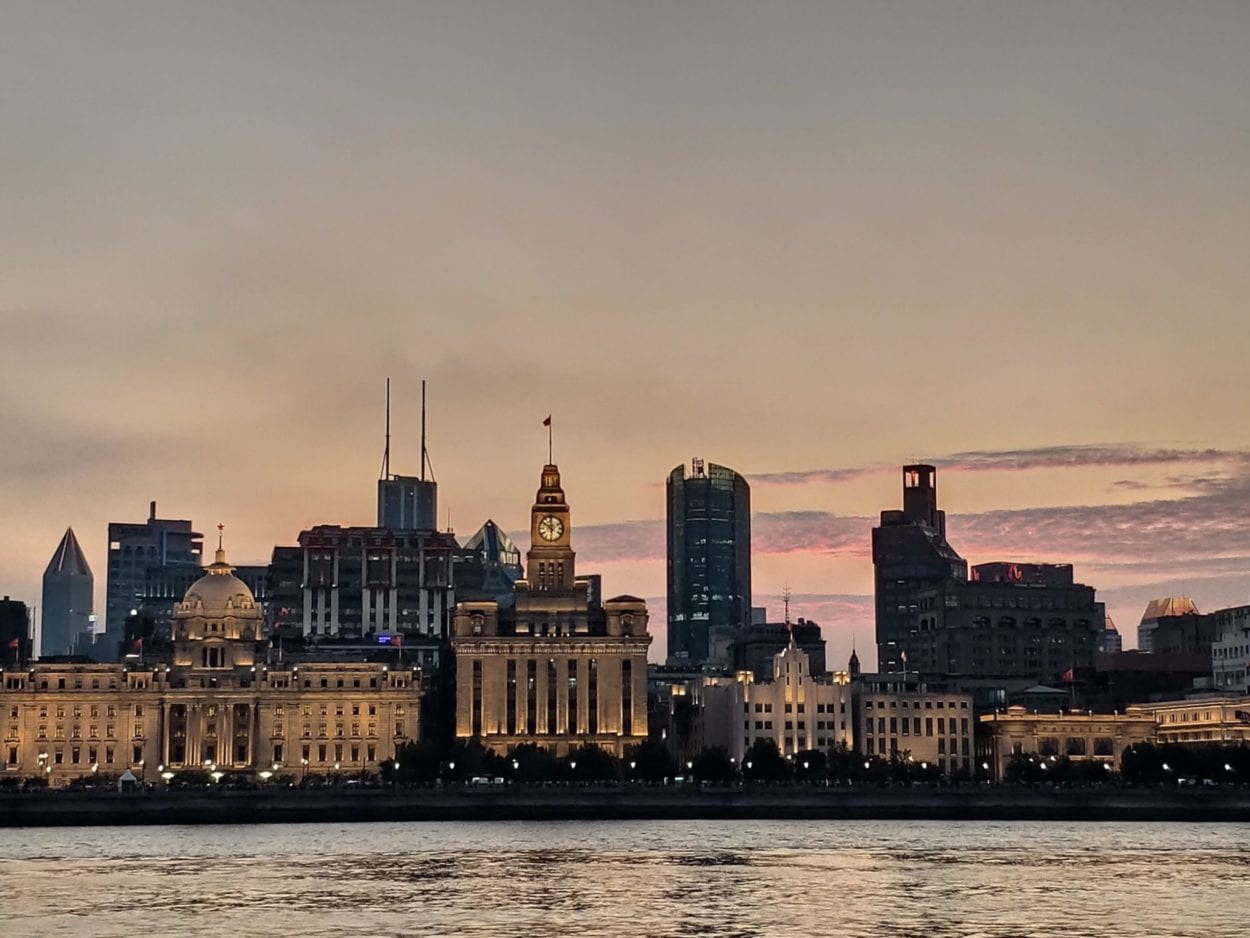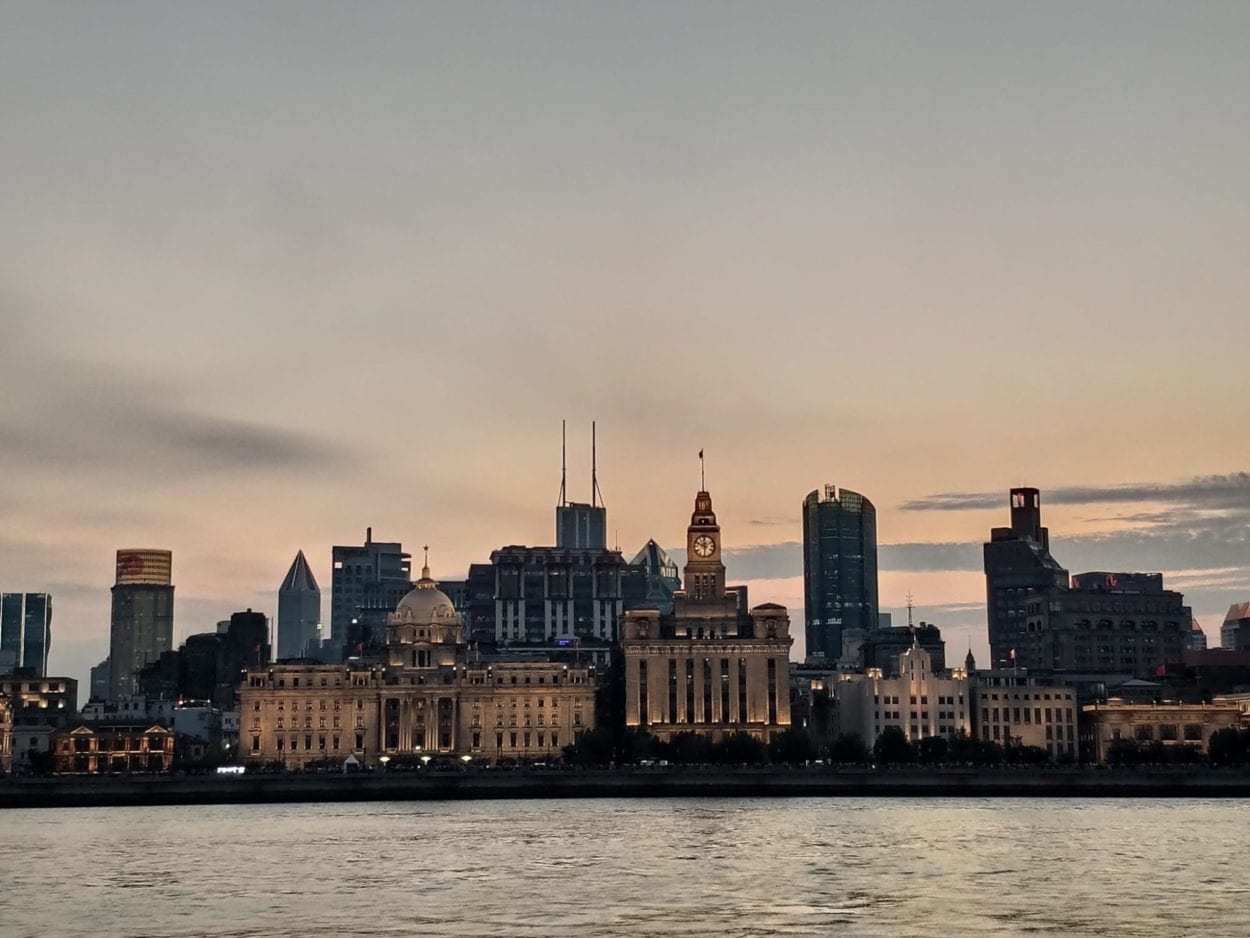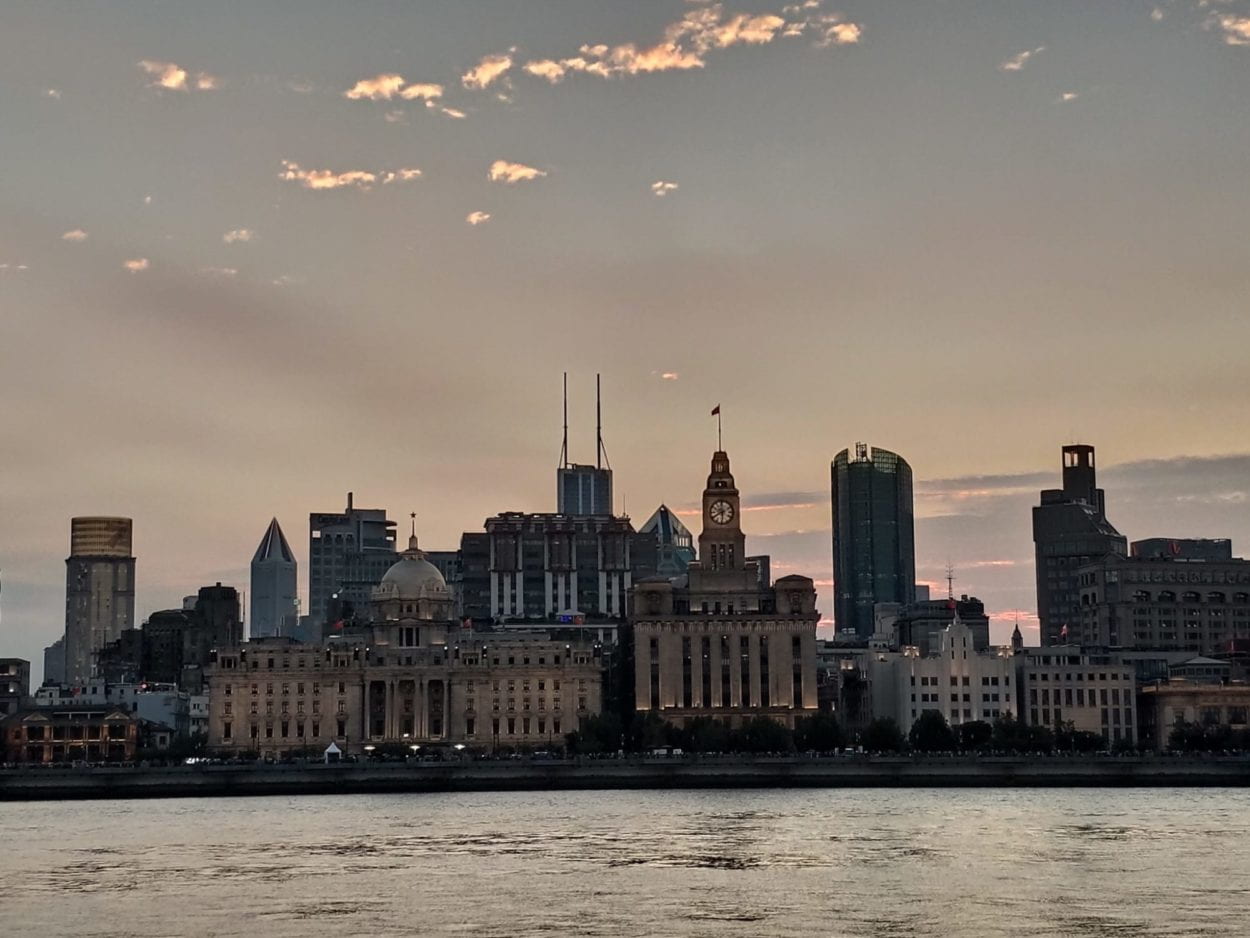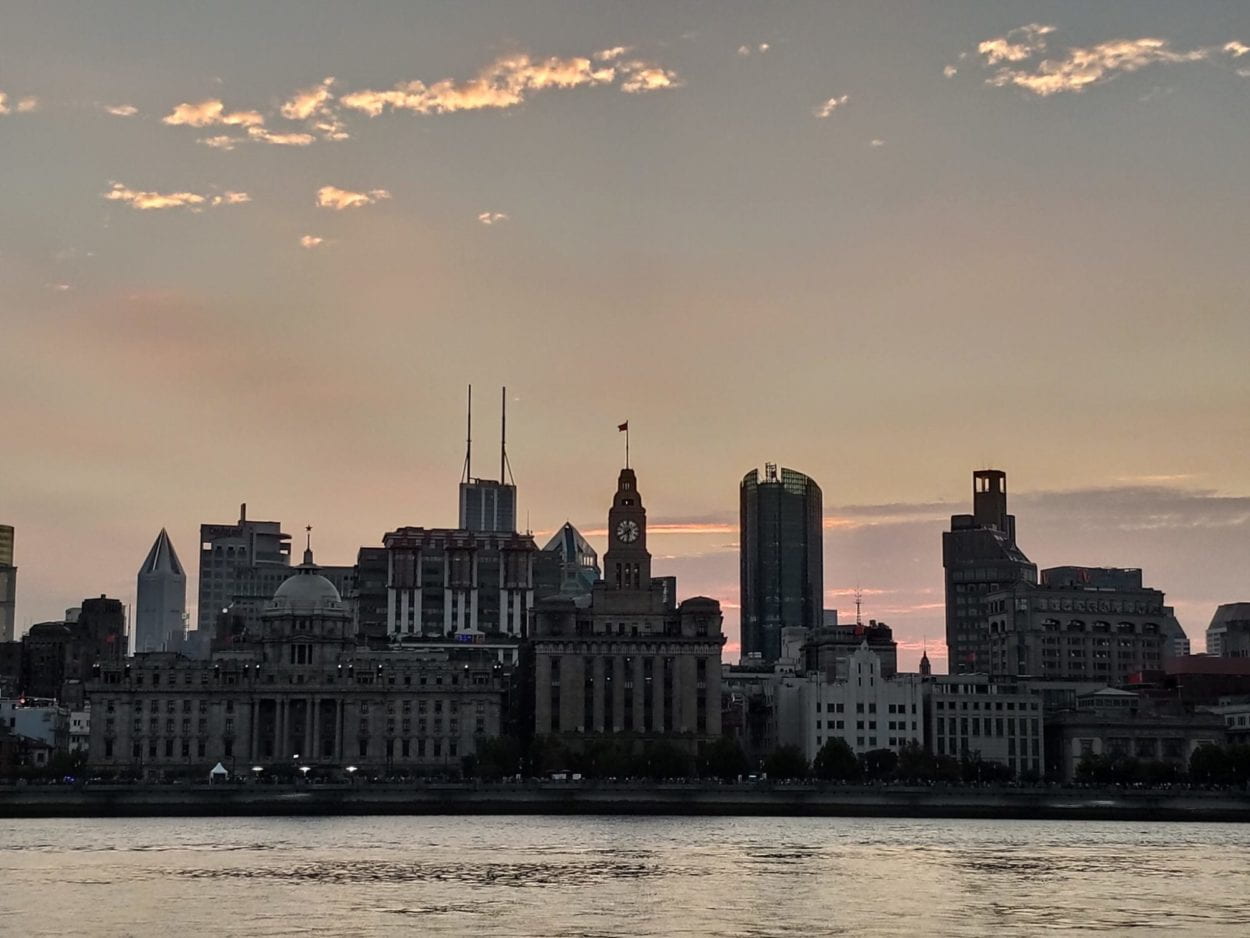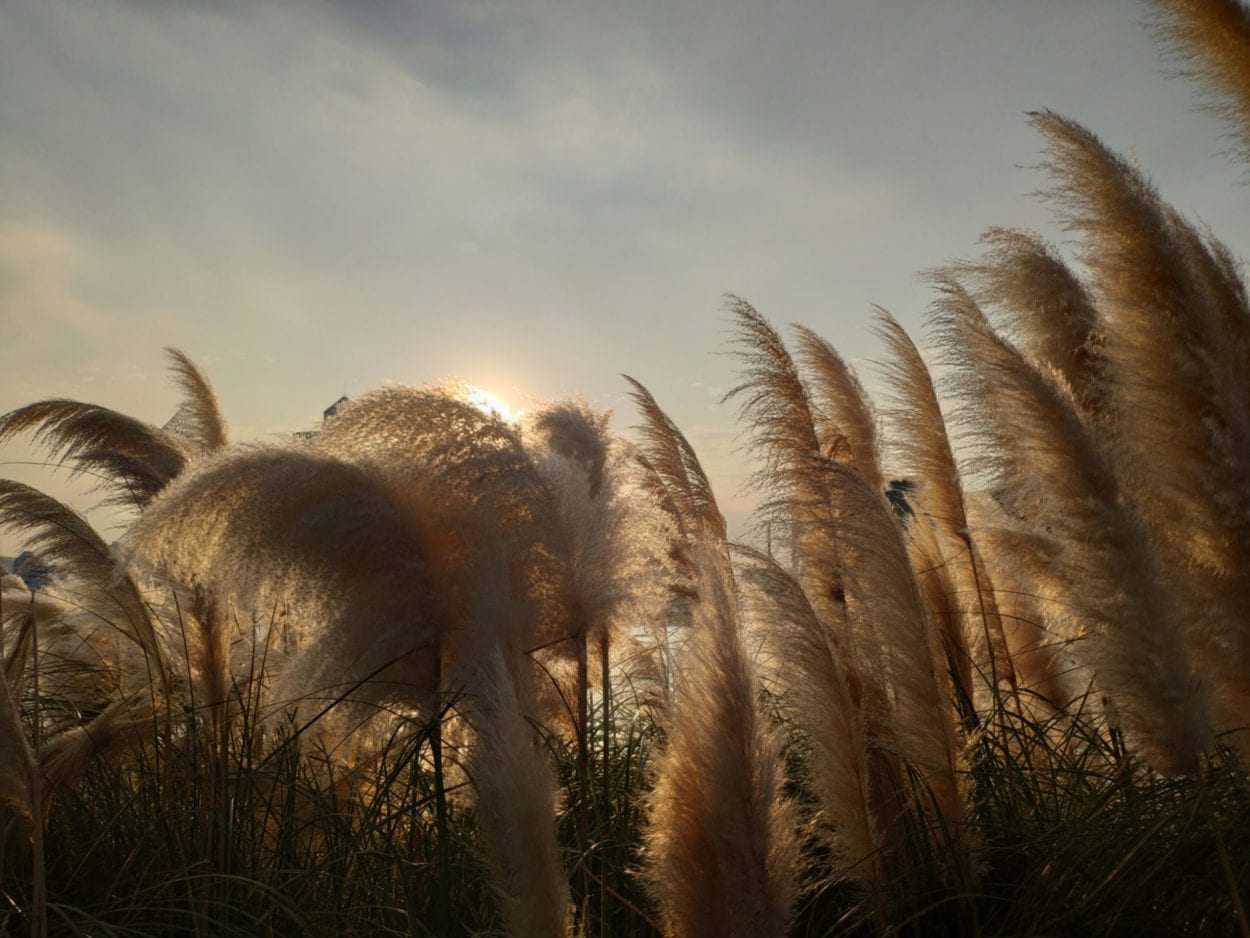In the article The Art of Interactive Design written by Crawford, he talks about his definition for interaction, “a cyclic process in which two actors alternately listen, think, and speak”(Crawford, 5). And after finishing the group project research, combined with Crawford’s idea, what interaction means to me now is that, something which is interactive should affect the user himself when the user is using its certain function, it is like a communication which goes two-way.
The two projects I have looked for are “Materiable” and “SoundFORM”, both from Tangible Media Group which is the MIT Media Lab. Both of the projects are using a shape changing interface that can visualize physical objects, these ideas make people manipulate physical objects not from the original way by using computers but using hands in a controllable way, so when users are changing the physical objects by interfere the interface, the interface will shift its shape as an outcome of the user interference. I consider this as a perfect way of interaction, it is like people are communicating with the object, it will return something to your behaviour.
The “Materiable” project can respond to a variety of properties, as it has been mentioned, “The system can create computationally variable properties of deformable materials that are visually and physically perceivable”, so the shift of shape on this project can reflect a lot of things, the strength when someone is pushing finger on it and even measure the change of strength, the change of colors and so on. The result of its interaction with users is that users can directly feel from haptics through the changes of the blocks. I consider this as a perfect way of communication between a project with a user.
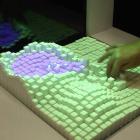
The “SoundFORM” project is also amazing that, being similar with the “Materiable”, on this project, users can interact with the notes by changing the soundwaves that is visualized on the project, as the developers have said, “Through the use of a shape-shifting display, synthesized waveforms are projected in three dimensions in real time affording the ability to hear, visualize, and interact with the timbre of the notes”. This is quite amazing that, it is impossible to feel the soundwave and directly change it by hands, but the visualization of it through blocks make the interaction between producers and their compositions possible. Through the gesture vocabulary, the synthesized waveforms can be modified just by hand movement. This project shows the communication between notes, soundwaves and human gestures.

The idea of our group project is a multifunction life jacket, the jacket can deal with several emergencies to save user’s life. There are rocket injector on the back, an oxygen tank, an anchor in the front and also a fire extinguisher with a high-tech helmet. When there is a earthquake, the helmet and the jacket can prevent you from falling objects, when there is severe haze, the helmet can become a gas mask to avoid poisonous gases, when there is huge fire, the fire extinguisher can put it out, when there is hurricane or the sea level has risen, the anchor can prevent you from drowning and the rocket pack can get you out from any kind of circumstances. The way it is being interactive, from my perspective is that when facing different circumstances it can have certain function that can deal with specific condition, the user uses certain function, the jacket will return corresponding outcome to save the user. To fit the requirement that the project should be something that appears in the future, as the jacket involves so many functions altogether, and from our idea that it can be contained in a capsule so it is very portable, this idea is totally new and sounds incredible now so I think it fits the idea that it is only possible in the future.
Bibliography
Crawford, “What Exactly is Interactivity,” The Art of Interactive Design, pp. 1-5.
Soundform
https://tangible.media.mit.edu/project/soundform/
Materiable
https://tangible.media.mit.edu/project/materiable/
